In today’s digital age, a user’s experience (UX) with your brand can make or break your success. A well-designed website or app is intuitive and user-friendly, guiding visitors towards your goals, while a poorly designed one can frustrate and confuse them, driving them away. Have you ever visited a website and couldn’t find the information you were looking for? Or couldn’t easily navigate back to a prior screen? Believe it or not, this causes enough of a headache for users to never return to your website or app again. Here are 5 ways bad UX design can hurt your business, along with solutions to get you on the right track:
Frustrated Users and High Bounce Rates:
Imagine walking into a store where you can’t find what you need, and the staff are unhelpful. That’s what a bad UX feels like. Confusing layouts, unclear navigation, and slow loading times lead to users giving up and bouncing off your site.
Solution: User testing is key. Put yourself in your customers’ shoes and see how easy it is to find what they need. Prioritize clear navigation, intuitive design, and fast loading speeds.
Damaged Brand Reputation and Lost Trust:
A bad UX experience reflects poorly on your brand. If users struggle to interact with your website or app, they’ll associate that frustration with your overall brand image. Negative word-of-mouth spreads fast online, potentially leading to a damaged reputation.
Solution: Focus on user feedback. Pay attention to reviews and conduct surveys to understand user pain points. Address negative feedback promptly and proactively, and showcase positive testimonials to build trust.
Decreased User Engagement and Time Spent:
If your UX is confusing, users won’t be engaged and won’t spend much time exploring your site. This translates to missed opportunities to convert visitors into leads or customers.
Solution: Create a compelling and engaging experience. Utilize clear calls to action, relevant content, and visually appealing design to keep users interested and encourage them to explore further.
Lost Opportunities for Conversion and Sales:
A seamless UX is crucial for a successful sales funnel. If users can’t find what they’re looking for, or the checkout process is cumbersome, they’ll abandon their carts and head to your competitor.
Solution: Optimize your conversion funnel. Streamline the buying process, ensure a smooth checkout experience, and offer clear product information to make informed decisions. A/B testing can help you identify the most effective conversion paths.
Increased Development Costs:
Fixing a bad UX after launch is often more expensive than designing it right from the start. You may need to invest in re-design and re-development to address user issues.
Solution: Invest in UX upfront. Prioritize user research, usability testing, and information architecture during the design phase. This proactive approach can save you time and money in the long run.
By prioritizing UX design, you create a user-friendly experience that fosters trust, engagement, and ultimately, business growth. Remember, happy users are loyal users!
